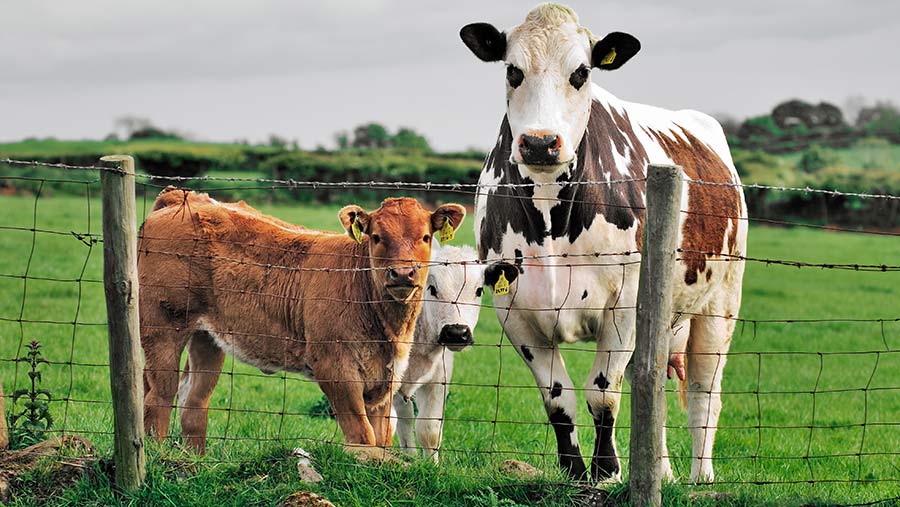Daera figures show NI dairy farms cutting emissions
 © David Matthew Lyons/Adobe Stock
© David Matthew Lyons/Adobe Stock The Ulster Farmers’ Union (UFU) has welcomed new data that shows the progress made by Northern Ireland’s dairy farmers to reduce carbon emissions for each litre of milk produced.
The 2022 Northern Ireland carbon intensity indicators report is produced by the Department of Agriculture, Environment and Rural Affairs (Daera).
It helps the government track the effectiveness of its climate policies across different industries.
See also: How livestock producers can cut their carbon footprint
The report complements the emissions data provided by the historical greenhouse gas inventory and the Northern Ireland greenhouse gas projections.
Rather than measuring absolute emissions levels, emissions intensity captures the amount of carbon dioxide equivalent generated to a unit of output, for example carbon emissions for each litre of milk produced.
The report found that the total emissions intensity, excluding sequestration, decreased from an average of 1,927g of carbon dioxide equivalent/kg of energy corrected milk in 1990, to 1,215g in 2020.
Climate change
UFU dairy chairman Kenny Hawkes said Daera’s figures showed the efforts of the sector to help reverse climate change.
“It is a well-known fact that NI milk production has expanded since 1990, but the total number of dairy cows over this period has increased by only 13%,” Mr Hawkes said.
“This means that the improvement in the carbon footprint has been driven by substantial increases in milk yield per cow.
“Our farmers are continuing to deliver on the climate change front, successfully working to reduce greenhouse gas emissions on farm, while continuing to produce high-quality food.”
